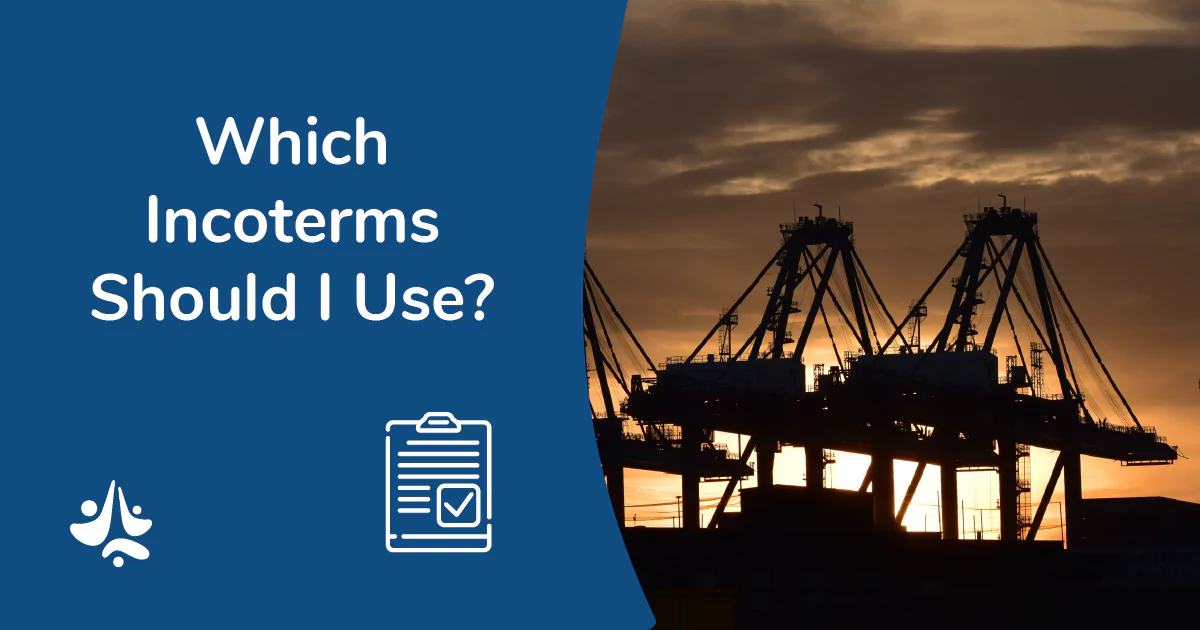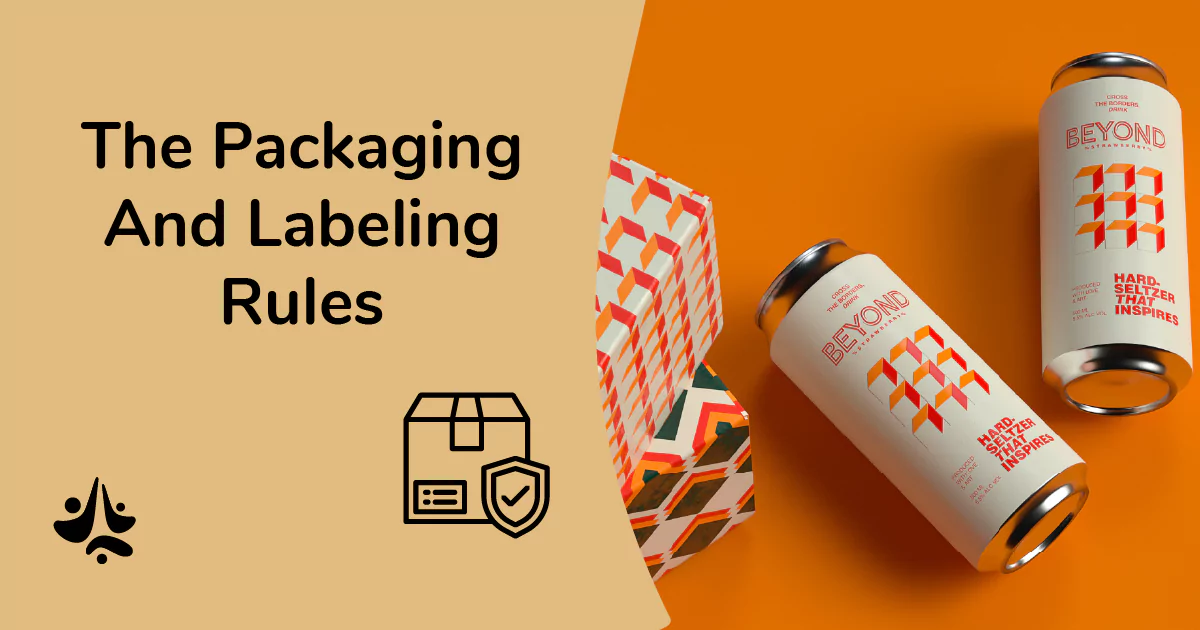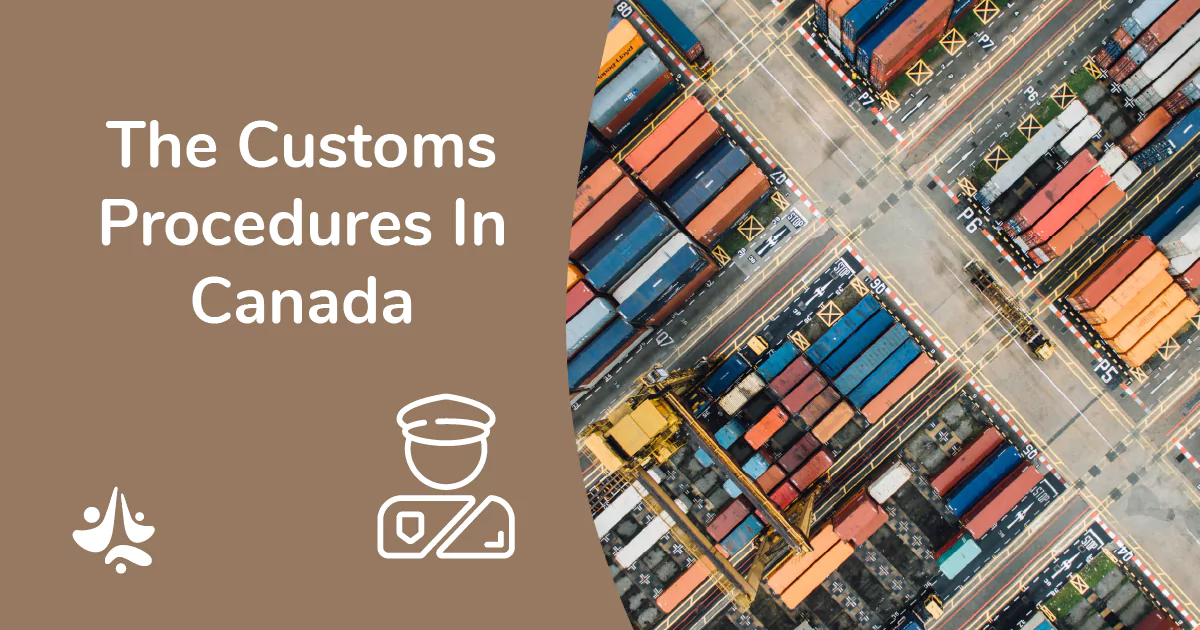Incoterms (International Commercial Terms) are a set of codes developed by the International Chamber of Commerce. Their purpose is to define the obligations of the seller and the buyer during a commercial transaction, particularly with regard to:
- the allocation of transportation costs
- the point of risk transfer (the point at which the buyer will be responsible for the goods in case of damage)
- the documents and information that the seller must provide to the buyer
Incoterms help avoid misunderstandings related to different commercial practices from one country to another and constitute an official reference in case of dispute. There are 11 incoterms divided into 4 groups:
- Group E (EXW) - The seller must simply make the packaged goods available to the buyer at the originating plant.
- Group F (FAS, FCA, FOB) - The seller transfers responsibility for the goods in terms of risk and cost at the time they are handed over to the carrier previously designated by the buyer.
- Group C (CFR, CIF, CPT, CIP) – The seller transfers responsibility for the goods in terms of risk and cost at the time they are handed over to the carrier previously designated by the buyer.
- Group D (DAT, DAP, DDP) – The seller's responsibility is maximum. He assumes the risks and costs of transportation until delivery to the buyer.
You will find the meaning of each incoterm as well as a table summarizing the responsibility of the seller and the buyer for each case by following this guide.



.webp)


.webp)










